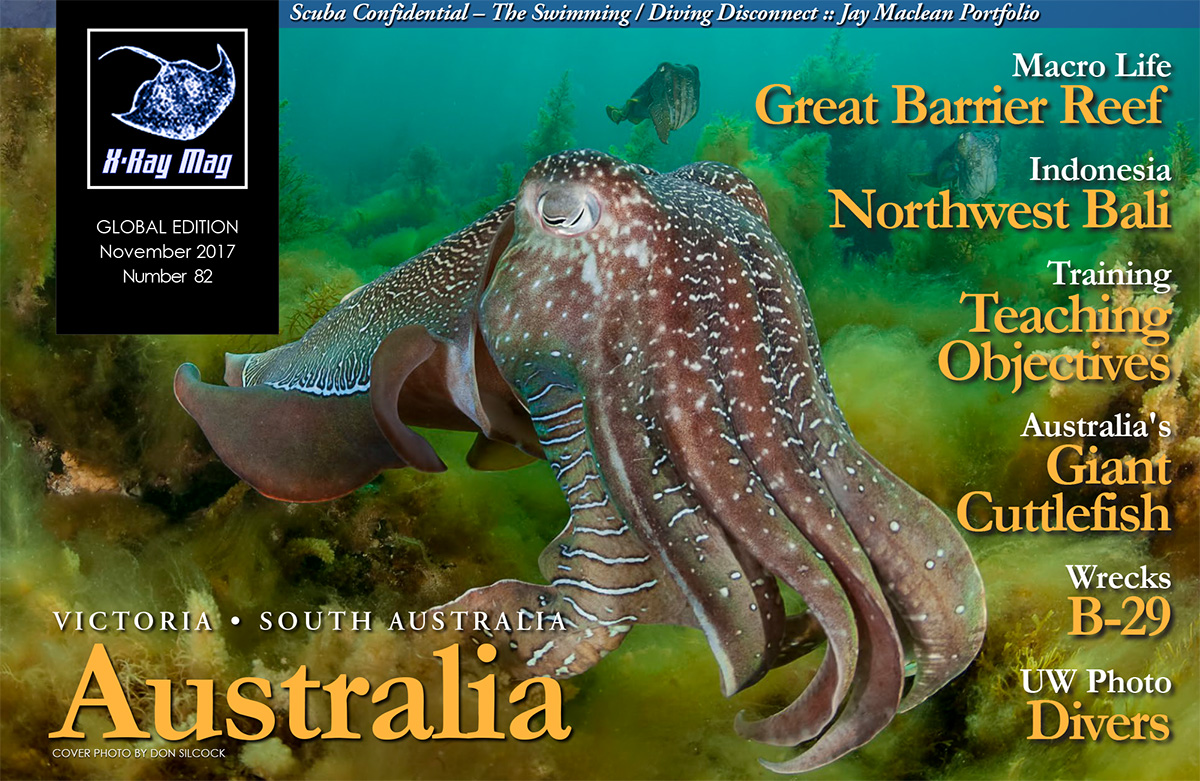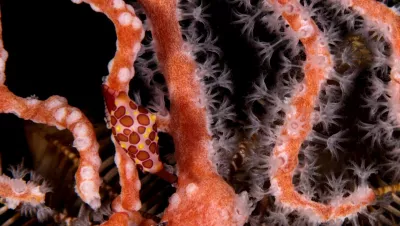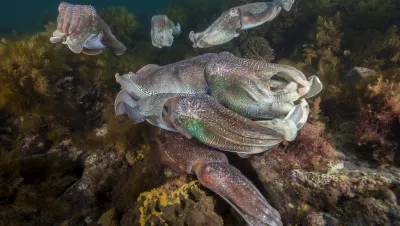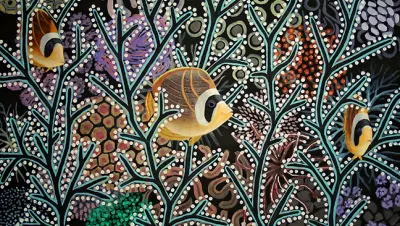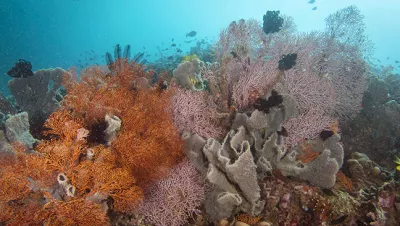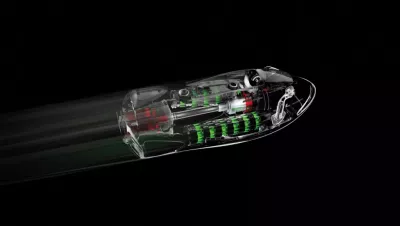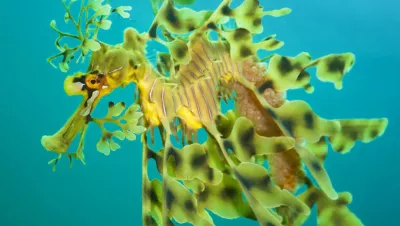Diving instruction has standards, qualifications, materials, governing bodies and best practices. So why do we see such poor examples of diving practice? Why do so many new divers struggle with basic skills? Why do tech divers forget some key techniques? Is it poor instruction or something else? At least six of DAN's Ten Most-Wanted Improvements in Scuba Diving (see sidebar) are covered in every entry-level diving course, but the problems still occur.
